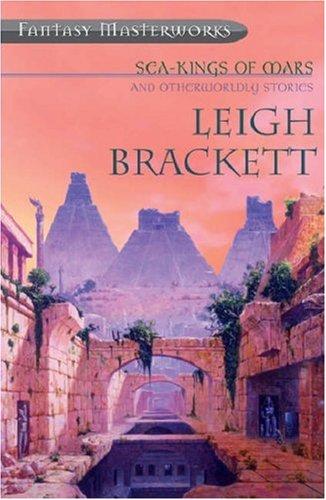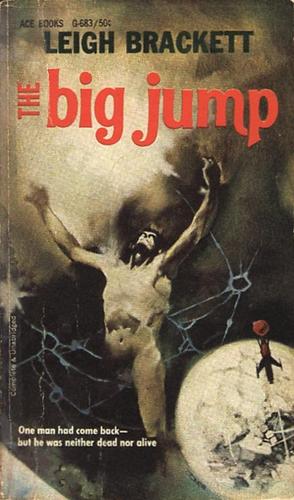Leigh Brackett è stata una scrittrice statunitense di narrativa di genere. Fu la seconda grande autrice di fantascienza a raggiungere la fama negli Stati Uniti, preceduta di pochi anni dalla sua amica Catherine Lucille Moorre, e una delle prime autrici di noir, tanto da sceneggiare gli adattamenti cinematografici di due romanzi di Raymond Chandler oltre a vari altri film e telefilm di genere western.
Molte sue opere si svolgono in un'unica versione immaginaria del Sistema Solare, e fra di esse le più famose hanno per protagonista Eric John Stark, un avventuriero terrestre naturalizzato fra gli alieni autoctoni di Mercurio.


